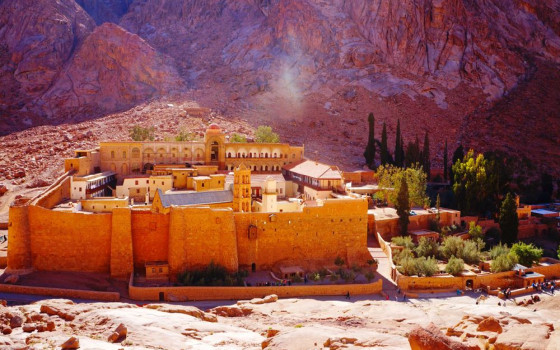
Media reports in Brussels: Concern over the continued existence of Saint Catherine's Monastery due to Egyptian government plans

- Europe and Arabs
- Monday , 8 September 2025 15:28 PM GMT
Brussels: Europe and the Arabs
For years, believers have climbed Mount Sinai, accompanied by a Bedouin guide, to enjoy the sunrise over the pristine rocky landscape. Now, those same believers are demonstrating at one of the world's holiest sites against a massive luxury resort being built in the desert. The existence of the centuries-old Monastery of Saint Catherine is under threat. This is how the Belgian newspaper Nieuwsblad began a report on Monday, adding that
Mount Sinai, known locally as Jebel Musa, is where Moses is said to have received the Ten Commandments. Many also believe this is where God spoke to the prophet from the burning bush, according to the Bible and the Quran.
Also located there is the sixth-century Monastery of Saint Catherine, which is administered by the Greek Orthodox Church. It is one of the holiest sites in the world. The report adds, "But there are major concerns about its continued existence and the quality of life for the monks. This long-isolated desert area, a UNESCO World Heritage Site, is threatened by the construction of a massive tourist resort the government is planning to launch to revive the struggling economy. They emphasize that this will require sacrifices."
Exhumation
Hotels, apartments, swimming pools, restaurants, villas, and a shopping center will be built. Many buildings and objects in the area, home to the traditional Bedouin Jabaliyya tribe, have been demolished. The homes and eco-tourism camps of this tribe, known as the "Guardians of St. Catherine," were demolished without any compensation, according to the newspaper. They even had to exhume bodies from their graves in the local cemetery to make way for a new parking lot.
Although the project was presented as "necessary sustainable development that will boost tourism," it goes against the wishes of the Bedouins, says Ben Hoffler, a British journalist who has worked closely with Sinai tribes and shares their concerns. Their protests.
Employment
The area's approximately 4,000 residents are reluctant to discuss the changes directly. They see them as advantages. They will undoubtedly provide jobs. But no one wants them there in this holy place. "As if there isn't enough room in the desert for such projects, they have to be here," the Belgian newspaper reported. The newspaper added, "So far, Greece has been the only country to have expressed its opinion openly about the Egyptian plans, given its ties to the Greek Orthodox monastery threatened with demolition."
Tensions between Athens and Cairo escalated after an Egyptian court ruled in May that St. Catherine's Church, the oldest Christian monastery still in use in the world, is located on state land. Egypt, so to speak, has the right to dispose of it as it pleases.
After a decades-long dispute, the court ruled that the monastery only has "usufruct rights" to the land on which it stands and the surrounding religious archaeological sites. The Archbishop of Athens, Ieronymos II, the head of the Church in Greece, was quick to condemn the ruling. In a rare interview, Archbishop Damianos of Saint Catherine's told a Greek newspaper that the decision was a "severe blow and a disgrace." His handling of the matter led to sharp divisions among the monks and his eventual decision to resign.
The Greek Orthodox Patriarchate of Jerusalem noted that the holy site, to which it is ecclesiastical authority, had received a message of protection from the Prophet Muhammad himself.
It stated that the Byzantine monastery, which also houses, unusually, a small mosque built in the Fatimid era, is "a pilgrimage site for peace between Christians and Muslims, and a haven of hope in a world experiencing conflict."
While the controversial court ruling remains in effect, a series of diplomatic steps eventually resulted in a joint declaration between Greece and Egypt guaranteeing the protection of the Greek Orthodox identity and cultural heritage of Saint Catherine's.
Construction Site
Egypt launched the state-sponsored Great Transfiguration Project for tourists in 2021. The plan includes the opening of eco-friendly hotels and lodges, a large visitor center, as well as the expansion of a nearby small airport and the construction of a cable car to Mount Moses, a government spokesperson told the BBC.
Although work has been halted, at least temporarily, due to funding issues, the plain—overlooking St. Catherine's Monastery—is already a major construction site. Construction of new roads continues.
Activists hold regular protests in the plain and have already contacted King Charles, the monastery's patron. The British monarch described the site as "a great spiritual treasure that must be preserved for future generations."
The report concluded, "The Cairo government is promoting the entire project as 'Egypt's gift to the world and to all faiths.' But its primary goal is to revive the struggling economy and tourism sector. Egypt's once-thriving tourism sector is only just beginning to recover from the effects of the COVID-19 pandemic, hit by the Gaza war and a new wave of regional instability. The government has set a target of welcoming 30 million visitors to the land of the pharaohs by 2028."



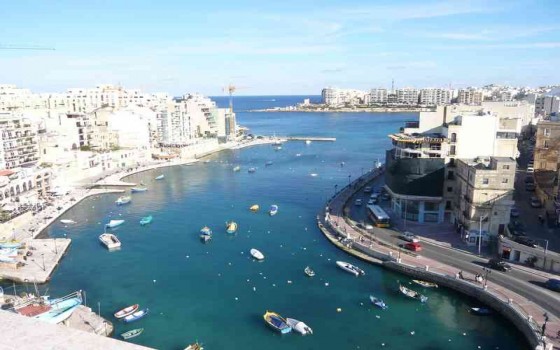



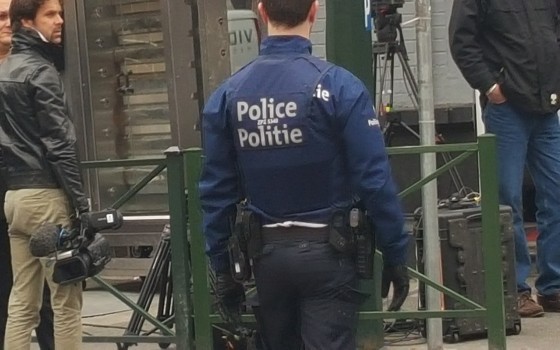
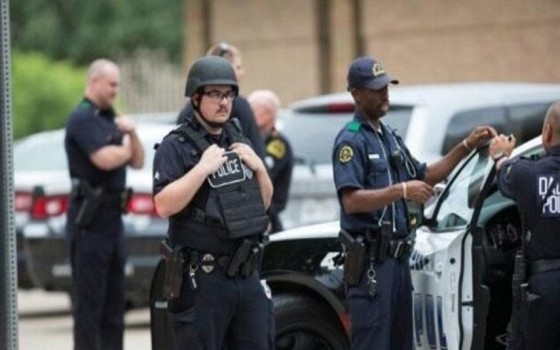
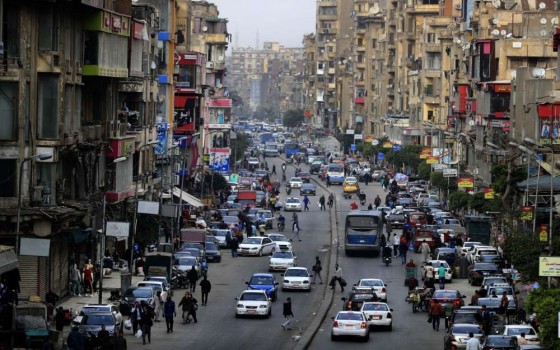
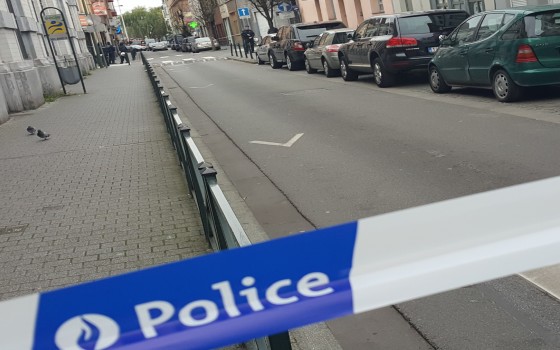

No Comments Found